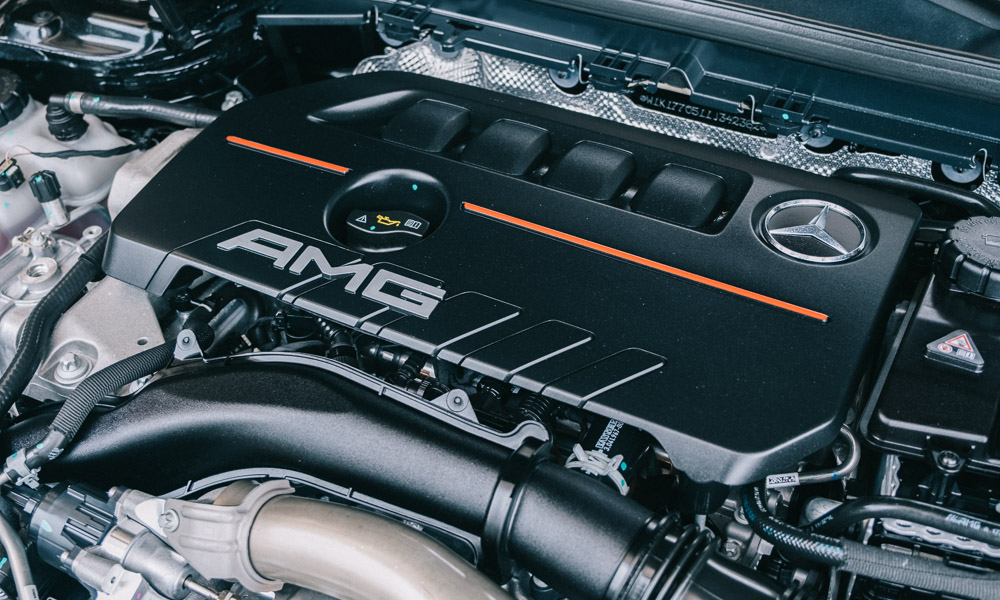
In what can easily be called one of the most significant developments in the history of the automobile as we know it, members of the European Parliament just voted to ban the sale of new combustion-engine cars by 2035.
The measure still has to be debated and approved by the European Council, but if it does get the nod, it would mean one of the biggest and most radical steps toward ending the reign of diesel- and petrol-powered cars ever taken by anyone.
Hybrids would also be on the way out much faster than many people thought, in what looks like a way quicker move toward a fully electrified future on Europe’s roads.
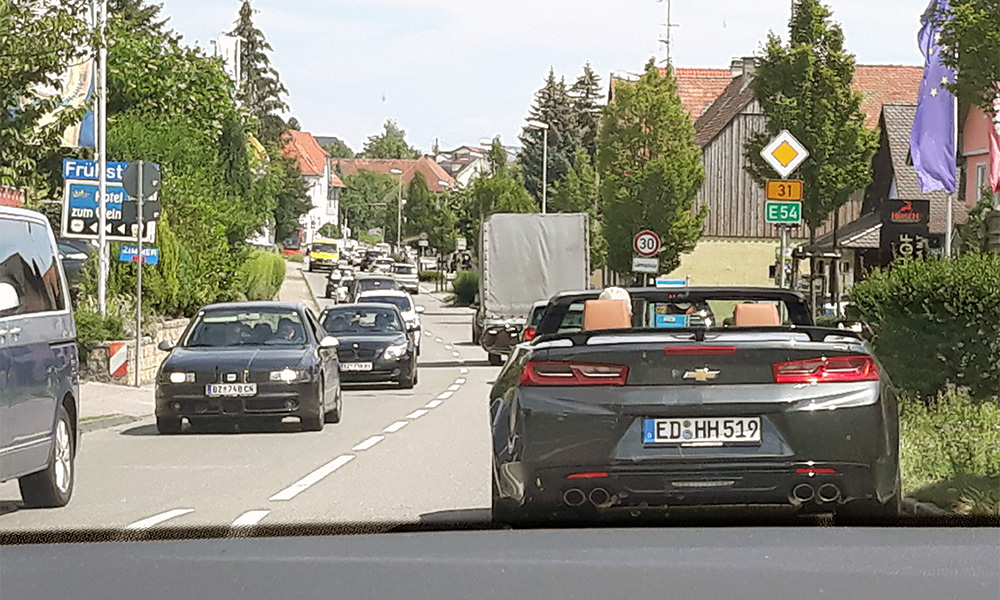
Europe might be a few thousand miles away from the busy streets of Asia, but the decision taken by politicians in Strasbourg (France) yesterday (June 8) will likely have consequences around the world, including the Philippines.
The European Union assembly didn’t ban internal-combustion engines per se. Rather, it voted that automakers must cut carbon-dioxide emissions by 100% by the middle of the next decade. If fully approved, this step would amount to a prohibition on the sale in the 27-nation EU of new cars powered by petrol or diesel, and that also includes the currently very popular hybrids.
There is no doubt that such a huge step would result in changes all around the globe, as carmakers will have to radically adjust and update their model lineups, with some tough decisions having to be made regarding what sort of cars are to be produced globally.
The aim of the draft law is to reduce climate-damaging greenhouse gas emissions by 55% by 2030 compared to 1990, according to the “Fit for 55” plan. The goal is for Europe to reduce carbon-dioxide emissions to 1990 levels by 2030, and become climate-neutral by 2050. Road traffic plays an important role here, as around 20% of the carbon-dioxide emissions in the EU are generated by it.
By wording the ban this way, lawmakers also killed off the possibility of using synthetic or so-called eFuels. With these, a classic combustion engine could be operated in a climate-neutral manner, but as it still emits carbon dioxide, this idea is now also dead in the water.
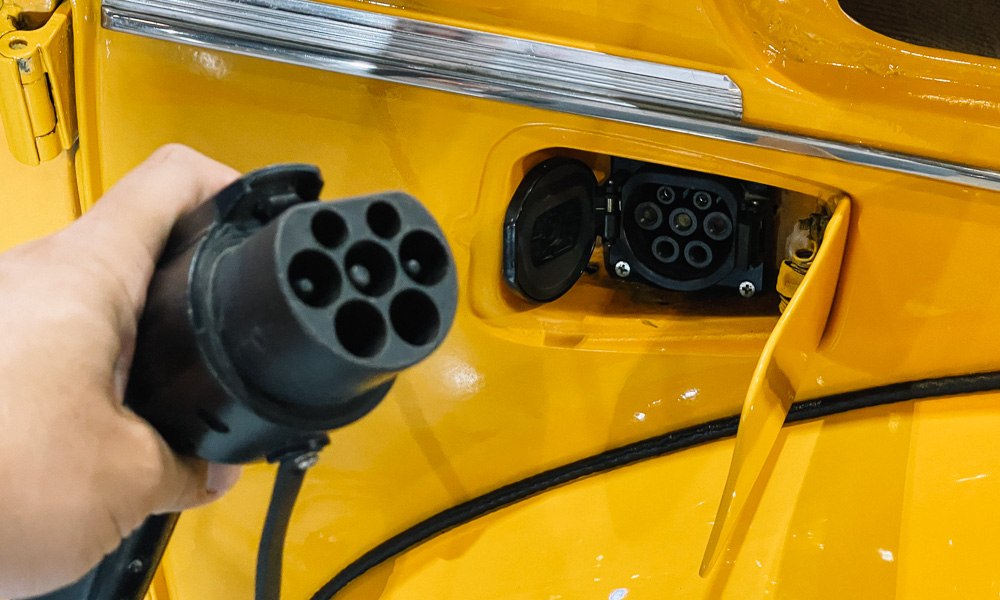
By 2030, greenhouse gas emissions from new cars in the EU must fall by 55% compared to today. If the European Parliament’s plan goes through unchanged, no new cars with diesel or petrol engines will be allowed to be registered from 2035.
Fleet consumption is already restricted to an average of just 95g of carbon dioxide per kilometer. If manufacturers do not comply with the specifications in the future, they will have to pay hefty fines. This should be a strong incentive for carmakers to phase out combustion engines and speed up the development and production of new electric cars.
The move will affect all sorts of new motors, from the smallest hatchback to the largest SUV, as well as light commercial vehicles. This usually means small vans with a permissible total weight of up to 3.5 tons and a payload of up to 1.5 tons.
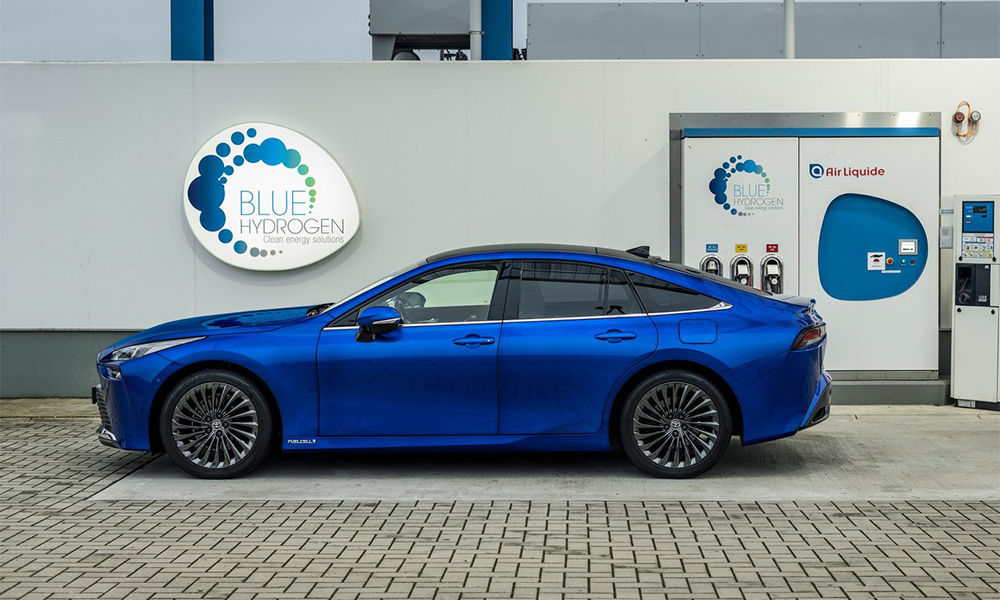
Next to classic EVs, another winner of this vote might be the hydrogen car. A hydrogen-powered vehicle, if done right, can be incredibly efficient and clean.
Brussels explicitly includes the expansion of hydrogen filling stations in its climate targets, and hydrogen cars are also considered emission-free. Some experts are still skeptical about it, but with eFuels now out of the window, hydrogen is bound to be a more interesting proposition for some.
While it does require more energy—eight energy units of electricity are required to produce one energy unit of hydrogen—the fact that it can be used directly in BEVs, and that the fuel can be produced using solar power and other renewables, mean it might fit in nicely with the new eco mix. It’s also better suited for heavy-duty applications such as trucks, where massive batteries can be a hindrance.
So, like it or loathe it, the good old suck-squeeze-bang-blow will probably disappear from showrooms in little more than a decade. First in Europe, and then likely also elsewhere.
While this will horrify hardcore petrolheads, it is undoubtedly the right thing to do for the planet and will also make cities like Metro Manila healthier places to live in. Now, all we need are loads and loads of charging stations for all those EVs that are about to be unleashed.

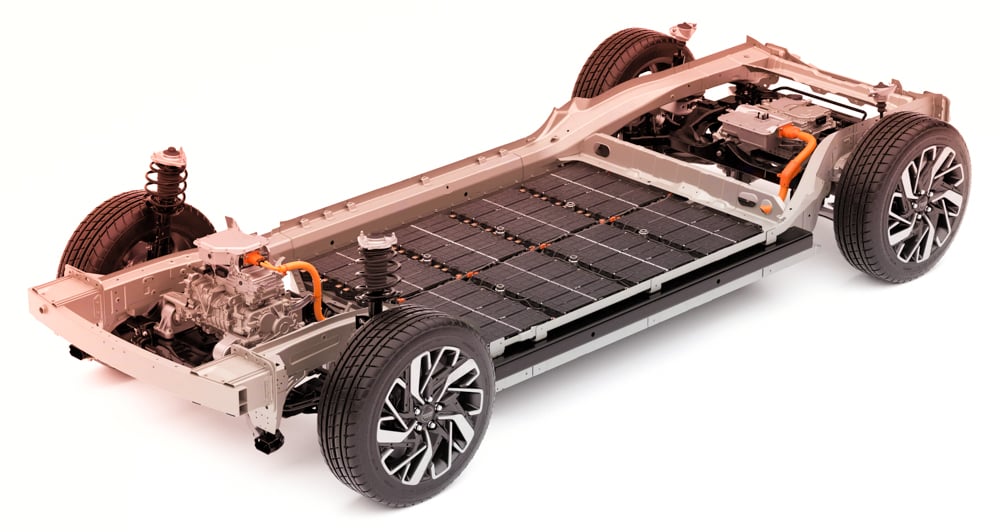
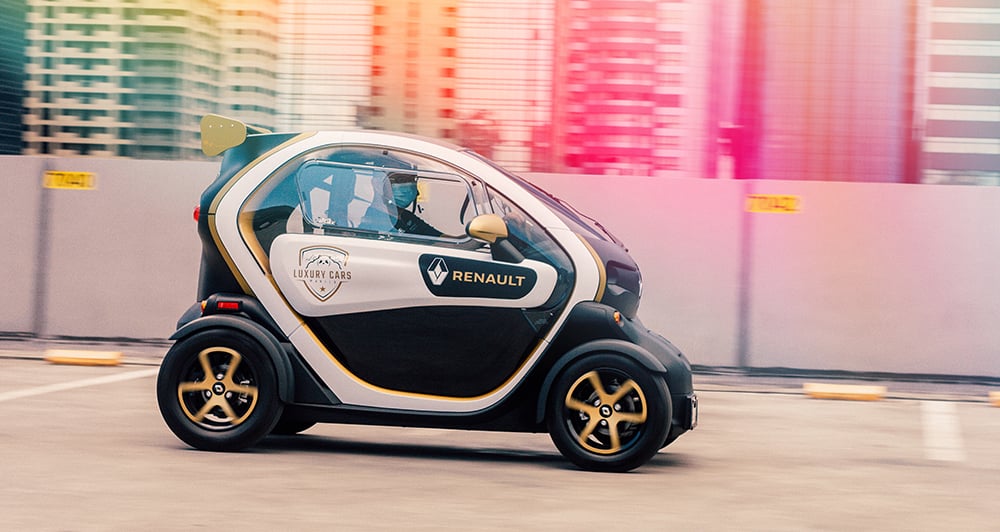
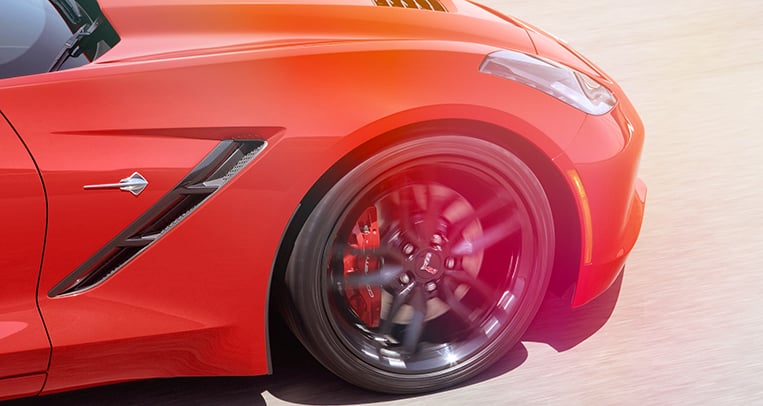
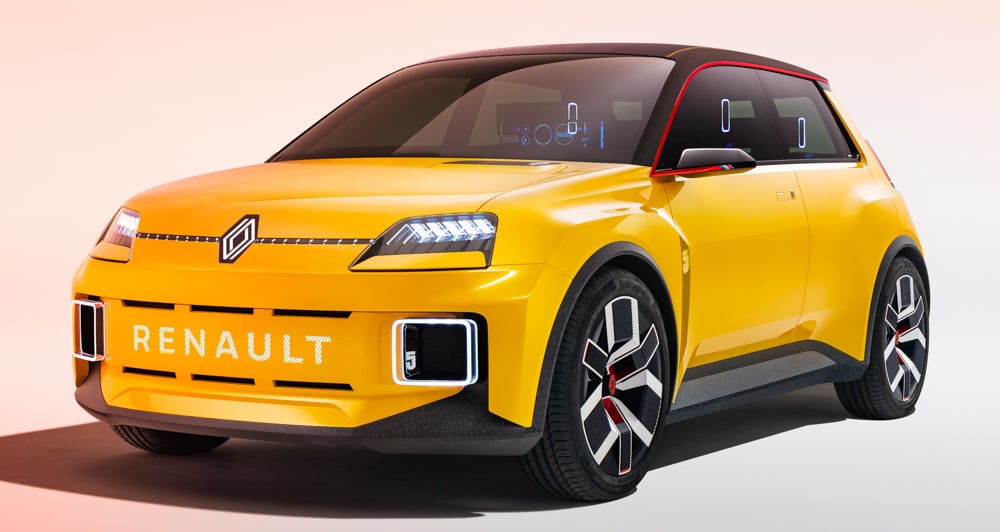
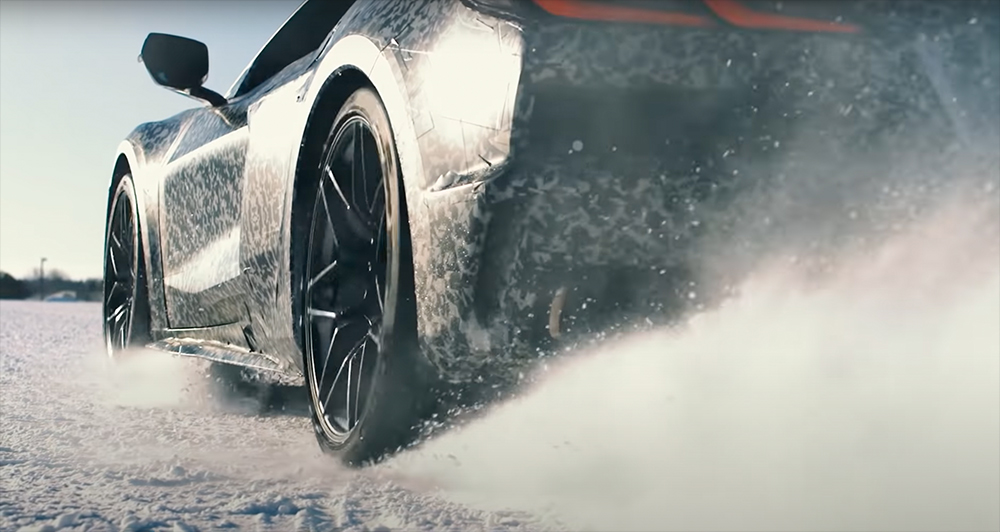





Comments